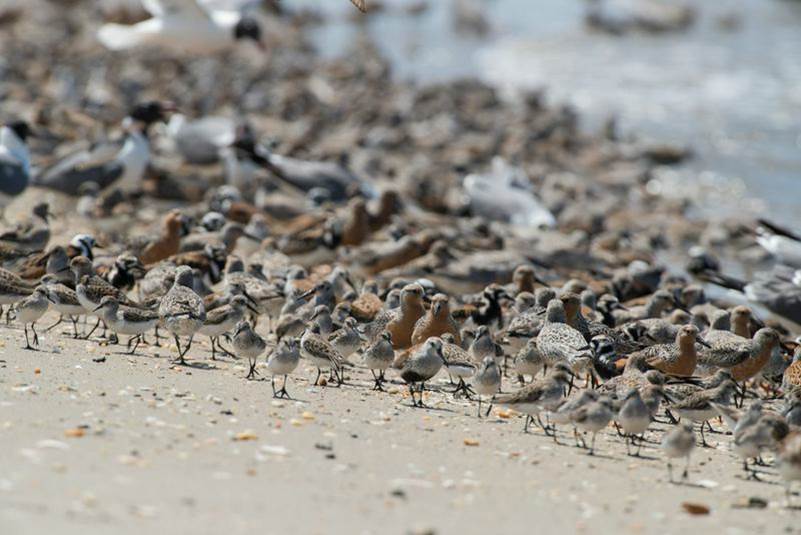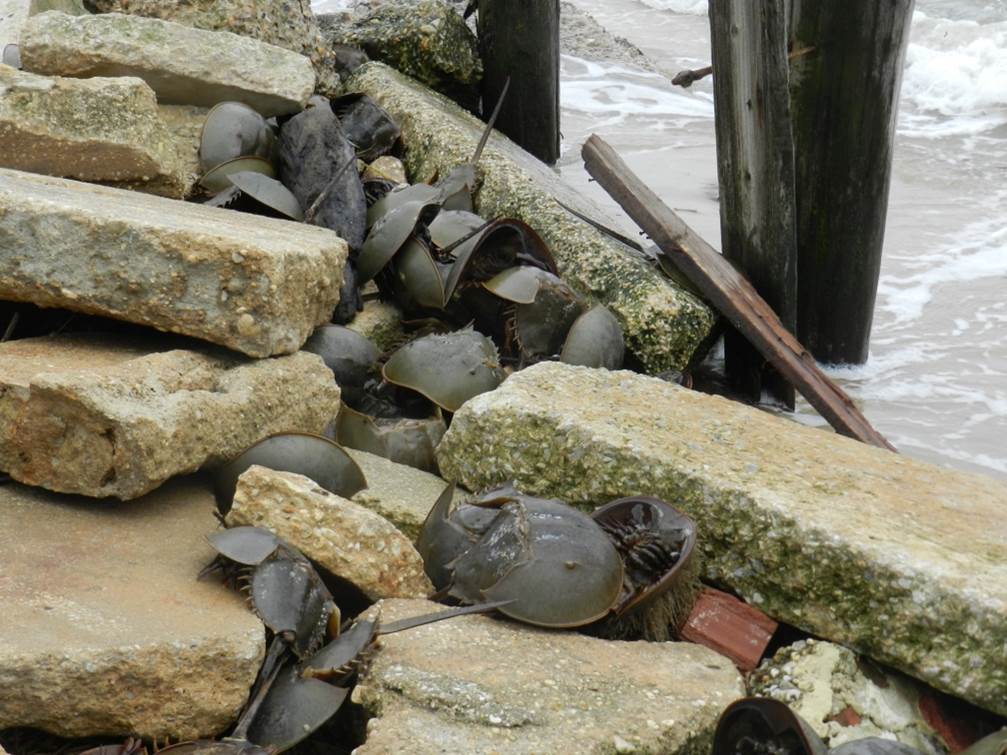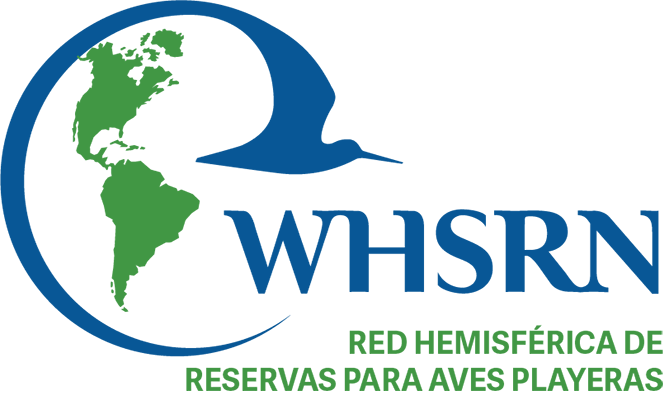Half a million shorebirds, well, nearly half a million. All counted by high school students.
For the past 11 years, Ron Smith, the Environmental Science teacher at Haddonfield Memorial High School, has taken students to North Brigantine beach to monitor shorebirds with New Jersey Audubon’s volunteer-based shorebird monitoring program. From late summer through fall, Mr. Smith and his students conduct ten days of field research. By the end of fall, they are experts at identifying even the toughest winter plumage and can rival many seasoned birders in their flock estimate skills. Back in the classroom, students also learn how to process the data and draw conclusions.

Photo: Ron Smith.
Learning through Action
Coordinated by Nellie Tsipoura, this citizen science program that the students participate in is one of the longest running volunteer-based shorebird monitoring programs on the entire Atlantic Coast. With approximately 25 sites along New Jersey’s Atlantic Coast and several inland wetlands, volunteers collect data on the migrating shorebird populations in New Jersey. Surveys are conducted in the spring and the fall, using a modified International Shorebird Survey (ISS) protocol. Started in 1974 by Manomet, ISS volunteers have completed almost 80,000 census counts at 1200 locations in 47 U.S. states and Central and South America. Data from ISS plays a critical role in conservation, helping biologists better understand shorebird populations and their migratory sites.
Learning about conservation is an important component of these trips, but participating in NJ Audubon’s monitoring program and ISS, allows the students to contribute to conservation. As Smith said, “The students appreciate the fact that they are contributing to something larger then what they are learning.”
Saving Lives
Monitoring birds in the fall is no small feat, but Haddonfield Memorial High School doesn’t stop there. Mr. Smith also provides his classes with the opportunity to learn about horseshoe crabs and the spring migration on Delaware Bay. Starting in 2005, they took one trip each spring to the Delaware Bay to learn about Red Knots and horseshoe crabs. Typically visiting Fortescue Beach, students were also able to rescue stranded horseshoe crabs from the long stretch of rubble along the beach there. In 2015, Fortescue Beach had a major restoration and the number of horseshoe crab trapped in the rubble was reduced and the students were able to expand their efforts to several other beaches in the area including Sea Breeze, Gandy’s Beach, and Money Island.
In 2014, with the start of reTURN the Favor, NJ’s horseshoe crab rescue program, Smith and his students joined hundreds of other volunteers to collect data while rescuing horseshoe crabs. This data helps biologists better understand the horseshoe crab population and hazards along the Bayshore. In the past, two years alone, Haddonfield students have saved nearly 10,000 crabs.

Before the restoration at Fortescue, there was plenty of work for the students. Photo: Ron Smith.
Beyond Today
These students are collecting valuable data on shorebird population trends and saving the lives of horseshoe crabs. But these contributions to conservation are nothing compared to how these experiences might influence their futures. Hands-on opportunities like this can create future stewards that will be ready to take action. “Many students start the day with apprehension, but by the end of the day they are in love with these wildlife, and they take their work very personally,” says Smith.
It seems likely that some of these young people participating in conservation as students will be leaders tomorrow. Every year, at least a couple of students from these classes go on to ecology programs in their undergraduate studies.
It’s not just the students who take conservation action seriously. Tsipoura has many long-time citizen scientists at other sites. Their involvement with the surveys connects them to other conservation activities in the region, and often they are inspired to get involved at a higher level in conservation, going well beyond the citizen science program.
In 2015, the students did not quite reach the milestone of half a million shorebirds counted from when they started in 2004; they were 134 birds short on their last day in December. But a new set of students will be back again next year. Surely they’ll also be out on the Delaware Bay again this May, rescuing horseshoe crabs.
To learn how you can rescue horseshoe crab with reTURN the Favor- Visit returnthefavornj.org





